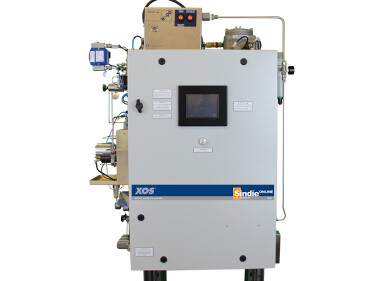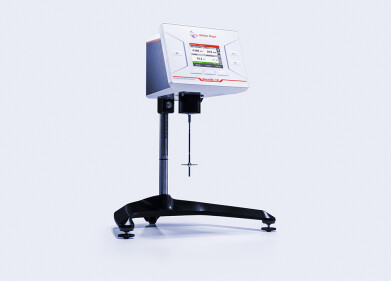Analytical instrumentation
How the Oil Industry Avoided a Shortage
Feb 10 2019
Nothing is ever certain when it comes to the oil and gas industry, and this outlook was recently crystallised when the market sidestepped shortage warnings predicted by top-tier companies, energy ministers and other influential figures.
The warnings were issued three years ago, with experts cautioning that low prices coupled with a slump in investments could lead to a global oil shortage by the end of the decade. The predictions seriously missed the mark and instead of struggling to meet demand, the industry is currently facing major bottlenecks. In fact, oversupply is so acute that OPEC has approved a third year of production cuts to avoid further surplus.
Price slump sparks superfluous concerns
So how did the world's leading energy experts get it so wrong? Earlier this decade oil prices slumped to the lowest levels seen in a generation, which forced companies to drastically cut spending. This sparked an outbreak of warnings suggesting that rising demand would outstrip growth in oil supplies and eventually lead to a shortage.
From 2014 to 2016 crude prices plummeted from over US$120 a barrel to less than US$30. This corresponded with a sharp decline in the oil and gas industry, with production investments falling by more than 40%. A shortage loomed and the IEA sounded alarm bells for an impending energy crisis, with majors like Total SA and Royal Dutch Shell echoing concerns.
Fast forward to 2019 and the outlook is markedly different. Producers in Canada and the United States are facing serious bottlenecks, output in Russia has hit a record high and Iraq is producing unprecedented levels. The IEA has revealed Brazil is now pumping at the fastest rates seen in 15 years and North America is enjoying a shale surge which has helped to smooth supply concerns and even spark controversial headlines that the United States is now a net exporter of crude oil.
Cost deflation a silver lining for producers
Beyond supply and demand, cost deflation has also played a major role in helping the oil and gas industry sidestep the predicted shortage. By 2016 the global price crash had forced companies to heighten efficiency, cut expenditure and reset industry costs. The industry has also welcomed a new era of technology like robotics, which has helped push down deepwater costs in the Gulf of Mexico and Brazil by around 50%. In Norway, producers have managed to hit break-even prices of US$21 a barrel, which represents impressive savings when compared to the US$70 rates seen in in 2013.
While the current outlook is positive, the reality remains that nothing is certain. As a result, improving productivity and increasing profits is always front of mind for producers. For a closer look at how measuring the density of crude oil and petroleum products helps achieve these goals don't miss 'Density: a core parameter at key points.'
Digital Edition
PIN 25.6 Buyers' Guide
January 2025
Buyers' Guide Directory - Product Listings by Category - Suppliers Listings (A-Z) Articles Analytical Instrumentation - ASTM D7042: The Quantum Leap in Viscosity Testing Technology -...
View all digital editions
Events
Jan 20 2025 San Diego, CA, USA
Jan 22 2025 Tokyo, Japan
Jan 25 2025 San Diego, CA, USA
SPE Hydraulic Fracturing Technology Conference and Exhibition
Feb 04 2025 The Woodlands, TX, USA
Feb 05 2025 Guangzhou, China



















